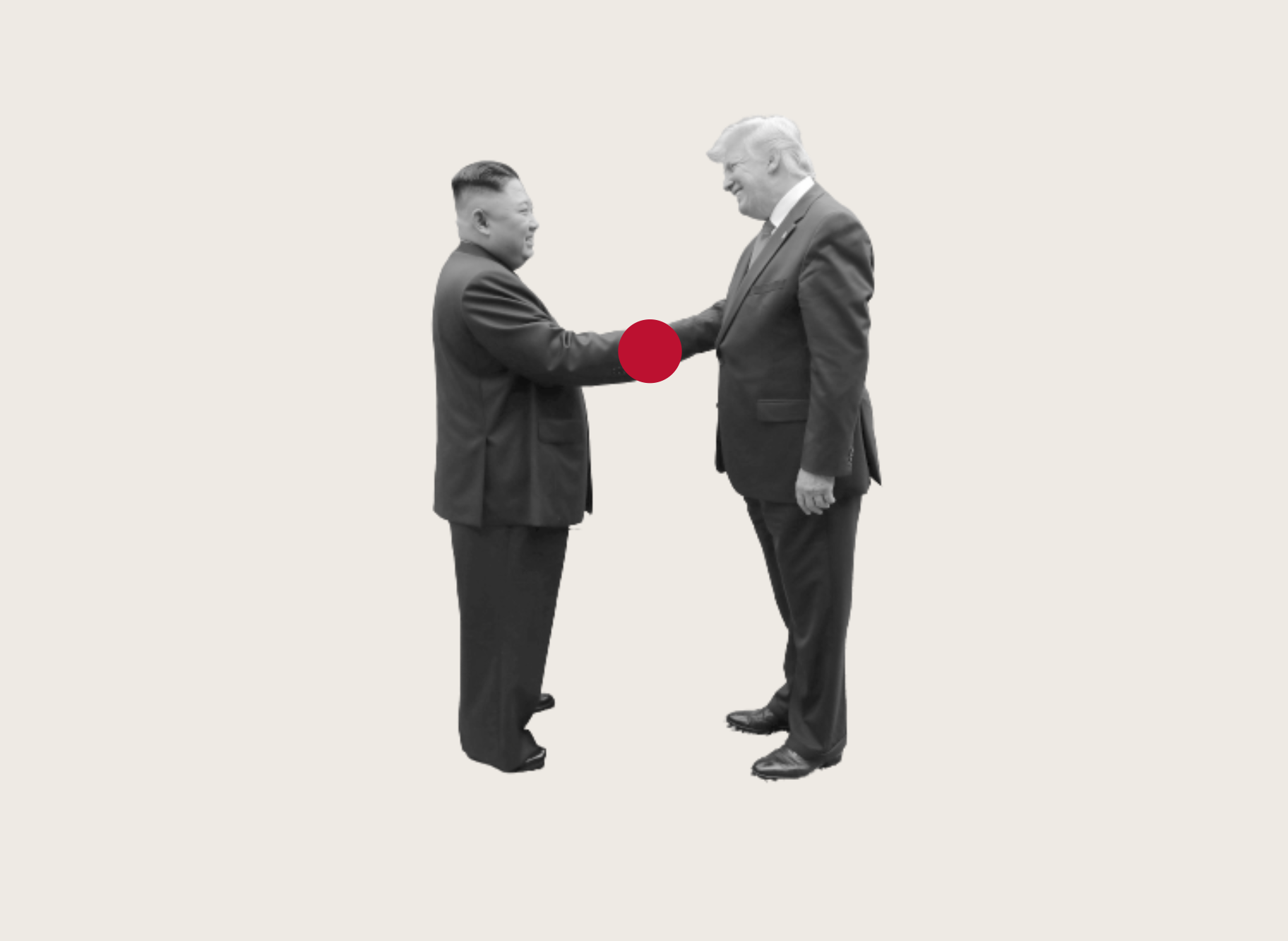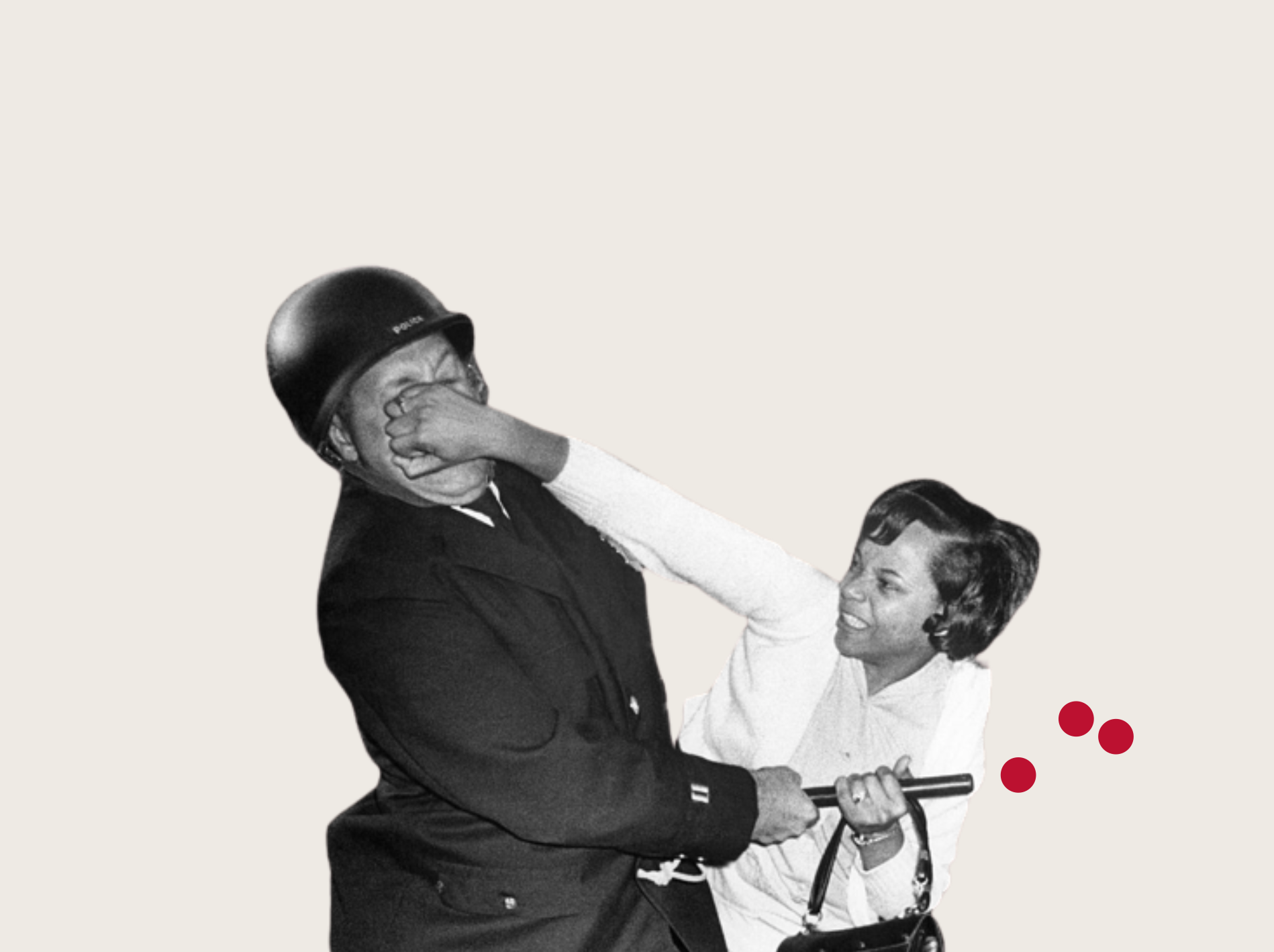![]()
WHAT LIES AT THE CORE OF VIOLENT CONFLICTS
The most recent works in anthropology (Gringes, 2021), political science (Hassner, 2015) and social psychology (Rimé, 2019) agree in distinguishing two main motivations at the origin of violent and deadly conflicts: the first of a rational nature (e.g., the utility function represented by political, material or territorial domination); the second of a deontological nature (e.g., the moral or sacred values embodied by the imperative of protecting family, faith, or homeland). Studies of modern and contemporary conflicts now converge on the second hypothesis (Atran, 2011). Therefore, studying the attitudes of individuals and groups to the threat of violent conflict and their behaviour in wartime would provide privileged access to the nature and plasticity of the social norms and moral values to which they adhere. In other words, war would reveal our moral values and the mechanisms of social and institutional control that underlie their normative regulation.
![]()
THE FUNDAMENTAL CHARACTER OF MORAL VALUES
Moral values are fundamental, abstract beliefs at the highest levels of the cognitive hierarchy (Simon, 1967; Perlovsky, 2001) that guide and motivate our individual behaviours and enable us to undertake collective actions (Livet, 2002). In this way, socially shared moral values generate expectations of the self and the world. Respecting them indicates adherence to a normative standard and therefore implies an appreciative selection. As a measure of what is good, beautiful, virtuous and just, moral values are indicators of what in a given society is meaningful - specifically in times of war and adversity (Hirschberger, 2018). War tests the integrity of even the most basic moral values by opening a spatial and temporal rift in which ordinary reference points collapse and the extraordinary reigns. Naturally, the behaviour of the members of the society in conflict changes and adapts in order to promote survival (Arminjon, 2014). The relatively stressful (from 'simple' emotional shock to trauma or PTSD) and more or less punctual (Lovell, Pandolfo and Das, 2013), or even chronic (Vigh, 2008) crisis of meaning that follows will nevertheless profoundly disrupt the cognitive patterns of its actors (Dozois and Beck, 2008), from the most active to the most passive.
![]()
THE SOCIAL SHARING OF EMOTIONS
Emotions play a central role in the psychic, affective and social life of human societies. After a collective tragedy such as a war, the social sharing of emotions makes it possible to attenuate them over time (Rimé, 2005) while stabilising them as "socially shared and recognised values" (Livet, 2002). Commemoration or communion after an experience of grief, suffering or violence allows for the generation of meaning in a collective manner and the attribution of this meaning to common goals (Hirschberger, 2018). These goals in turn generate 'communities of affect' (Hutchison, 2016) that coordinate to achieve them, creating trust, voluntariness and resilience in the process (Bell and McKague, 2017). The gradual repair of cognitive schemas thus involves the restoration of socially shared moral values inherent in the group's integrity and collective identity. Collective emotions of a reflexive nature (e.g., shame and guilt) seem particularly appropriate for studying the transformation of moral values into prescriptions and, subsequently, into identity norms. These reflexive, so-called 'self-evaluative' emotions can be elicited by an external gaze (the disapproval of others) or by our own speculative social inferences (what we think others think of us), or even by internalised self-criticism (Benbassa and Attias, 2000). The examples chosen here refer to negatively charged emotions such as contempt, disdain, anger and guilt culminating in shame. Conversely, they can have a positive valence and generate a feeling of satisfaction, approval, confidence and efficiency that culminates in pride.
![]()
VIOLENT CONFLICT AND THE DEEP MECHANISM OF COGNITION
In times of war, but also in the early stages of the conflict and often long after the fighting has ended, representations of combats and their symbolic and sacred substratum (national identity, patriotic impulse, religious beliefs, annihilation of the enemy, etc.) appeal precisely to the motivational resources that drive Man to join the battelfield, while respecting the moral values and civic duties that make him a full member of society. In this context all representations are “affected”. In other words, there is no neutral representation of war, nor is there any sensible reality that can emancipate itself from the new reading grid that war imposes and that establishes a conception of the world in which danger and its perspective invade the entire horizons of expectations. As the meaning of life is one of the highest levels of conceptual abstraction (Maslow, 1958), any sensitive experience, and a fortiori artistic (pictorial, narrative, musical etc.) referring to reputation (from the hero to the impostor, through the traitor and the enemy) is therefore likely to generate aesthetic emotions at the origin of the most radical actions (from murderous violence to sacrificial abnegation). It is around this junction that reflexive emotions and aesthetic emotions meet. The study of this meeting appears essential to the understanding of the deep mechanisms of cognition.




